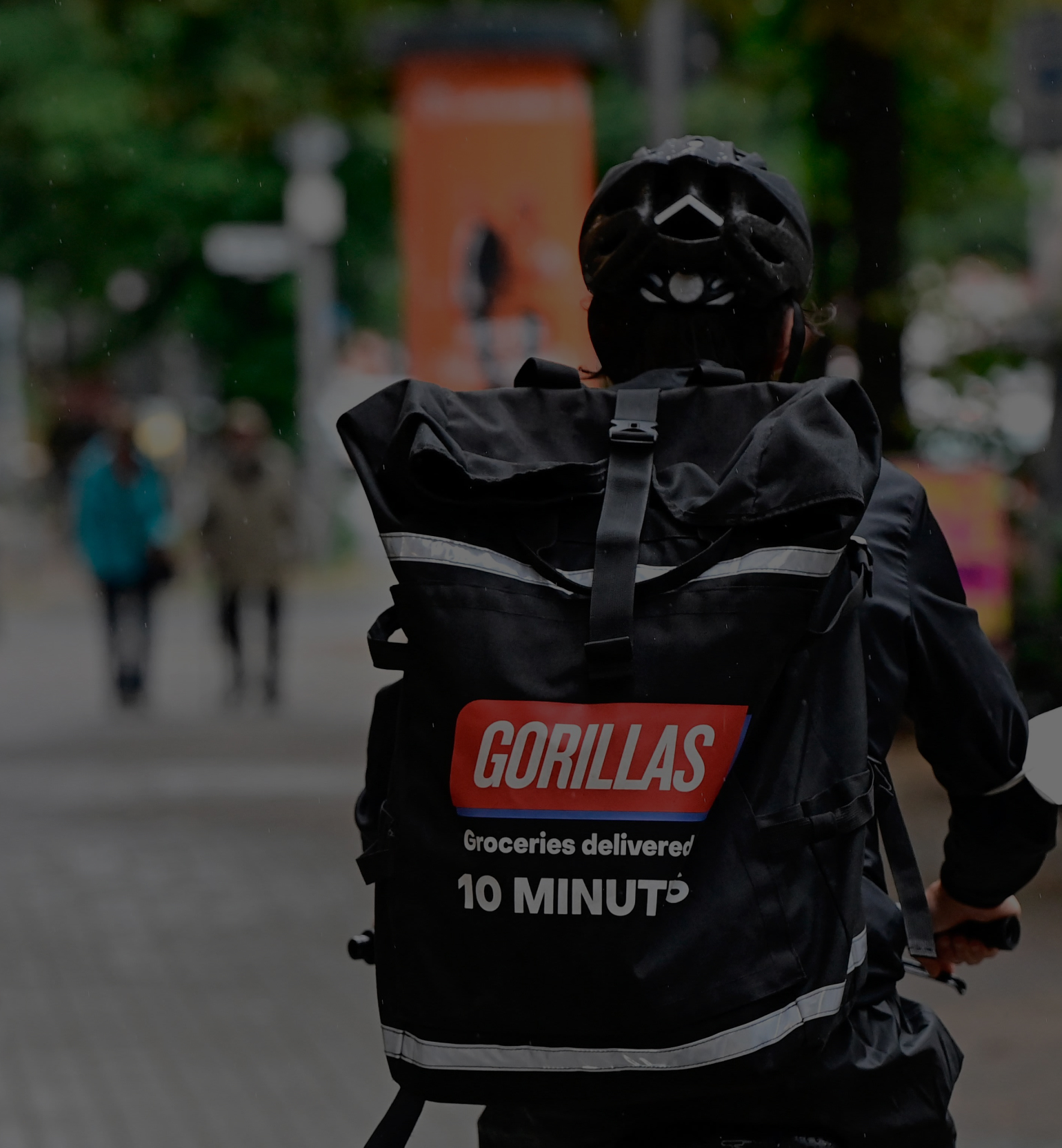As a tech leader, cybersecurity is always a big concern, but it can be especially tricky for remote teams. After all, if some of your laptop’s employees are compromised, all of your data could be at risk.
Most people go about their lives completely unaware of the threats that are around them. They don’t think so much about remote work security when they are at home or working from anywhere, and they probably assume that their personal information is safe and sound.
But it’s not.
So take a few minutes to read up on the latest cybersecurity trends and best practices — it could be the most important thing you do all day.
Why you need to secure your remote team
Hybrid and remote work models are especially vulnerable to cyberattacks. Hackers know remote workers use fewer cybersecurity tools and pay less attention to this topic, making it an easy job.
For example, in March 2021, Acer suffered a REvil ransomware attack, and the hackers demanded the largest known ransom to date, $50 million. The following month, the personal information of over 500 million Facebook users in 106 countries was posted for free in a hacking forum.
However, cybersecurity is an issue that impacts every industry and company, no matter how big or small. Therefore, to protect yourself and your remote team from these sorts of attacks, you need to understand where the risks come from.
Here are some of them:
- Use of personal devices when working
Remote and agile teams may use their own laptops, smartphones, and other devices to work. While this can be convenient for them, it also leaves the door open for hackers to gain access to sensitive data.
For example, you don’t know if your employees have an antivirus or any other security system up to date.
Likewise, these devices are portable and can be carried everywhere, so they can easily be left behind or stolen.
- Unsecured connections
In a remote work setting, your team members can work literally from anywhere in the world, whether that’s their home office, a coffee shop, or an Airbnb in the Maldives.
This means they may use public wifi or other unsecured networks to connect to the company server.
If that happens, there is a potential risk that sensitive data could be intercepted by someone else on the network.
- Cloud storage
As of 2022, over 60 percent of all corporate data is stored in the cloud (Statista). This service model provides a central location for remote team members to access and share files from anywhere in the world.
However, if all your data is stored off-site, it’s much more vulnerable to a cyberattack, which can lead to the loss or theft of confidential data and identity theft and fraud.
Best cybersecurity tips to keep your remote team safe
According to Cybersecurity Ventures, the cost of cybercrime is predicted to grow by 15% per year over the next five years and hit 10.5 trillion dollars globally by 2025.
This means that any cyberattacks could cost you a big-time — in terms of money, productivity and reputation.
Go through the following cybersecurity checklist to ensure you and your remote team take the proper steps to protect your company from cybercrime.
✓ Implement a cybersecurity framework in your company
A cybersecurity framework is a set of guidelines and standards that your remote team can use to protect their systems and data. There are many different frameworks out there, so you will need to find one that fits right for your company.
✓ Educate your remote team on cybersecurity awareness
You will need to educate your remote workers on the importance of cybersecurity and make sure they have the tools and resources they need to stay safe while working online.
✓ Use firewalls, antivirus software, and the company VPN
A firewall acts as a barrier between your device and the network. Antivirus software identifies and removes malware, viruses, and other malicious software. Finally, the company VPN will encrypt your connection to protect your data from being intercepted.
✓ Make multi-factor authentication mandatory
In addition to your password, if you use multi-factor authentication, you’ll also need another form of identification, such as a code sent to your phone, in order to log into your account. This serves as an extra layer of security for your peace of mind.
✓ Keep family and friends away from your devices
If you are taking a break from work, make sure you lock your devices before leaving them unattended. You wouldn’t want to expose sensitive data or have your kids messing up with your work.
✓ Check all the software is up to date
That includes your operating system, any security software installed, and any apps or programs you use for work. This protects your cybersecurity and ensures that you’re using the most recent versions of all your tools.
✓ Secure your home wifi and avoid using public networks
Ensure your home wifi is secure and password-protected, and avoid public networks when working, as they are often less secure than private ones. Instead, use a VPN to encrypt your traffic and protect your data.
✓ Encourage employees to use password managers for data protection
Password managers encrypt your data and store your passwords in a secure location, so it is a great way to protect your company’s data when working remotely.
✓ Remind your team to be alert for phishing emails and other attempts
Phishing scams are becoming increasingly sophisticated, so don’t click on any link or attachments if an email looks suspicious.
✓ Create a data backup strategy
With your team working from home, it’s more important than ever to have a data backup strategy in place. Sensitive information can be easily lost or stolen if it’s not properly protected.
✓ Remind your team not to download content from untrusted sources
Make sure your remote team knows to only download files from trusted sites, and to never click on links from unknown senders.
5 Cybersecurity trends of 2022
As a tech leader, you know that cybersecurity threats are constantly evolving. That’s why it’s essential to stay on top of the latest emerging trends.
But how can you do that?
One way is to make sure you hire the right talent. Look for people who have the ability to stay one step ahead of hackers, and encourage your tech team to keep up with the latest news and developments in the cybersecurity framework.
Here are the most 5 important cybersecurity trends of 2022:
- A larger attack surface
Hackers have more opportunities to access sensitive data in a remote work model. So, as a company, you’ll need to make sure your remote workers have strong security measures in place.
- AI and machine learning
As AI gets better at pattern recognition and anomaly detection, it will be used to secure data and systems. However, hackers also use AI and machine learning to automate attacks and make them more sophisticated.
- The rise of 5G wireless technology
5G will provide a whole new level of connectivity and allow data to be transmitted more quickly and securely. Even so, it will also open up new vulnerabilities that need to be addressed.
- Targeted ransomware
In recent years, ransomware attacks have become more targeted, with hackers using information they’ve gathered about their victims in order to maximize their profits.
- Zero trust model
The traditional cybersecurity model is no longer effective, so more companies are adopting a zero trust model to protect their data from sophisticated cyberattacks. All users are potentially malicious in this model, so access to data and systems is based solely on authentication and authorization.
Final thoughts
Securing your remote team is critical in today’s digital age. By following these best practices and staying ahead of the latest cybersecurity trends, you can help your company keep your data safe and your team more productive.







